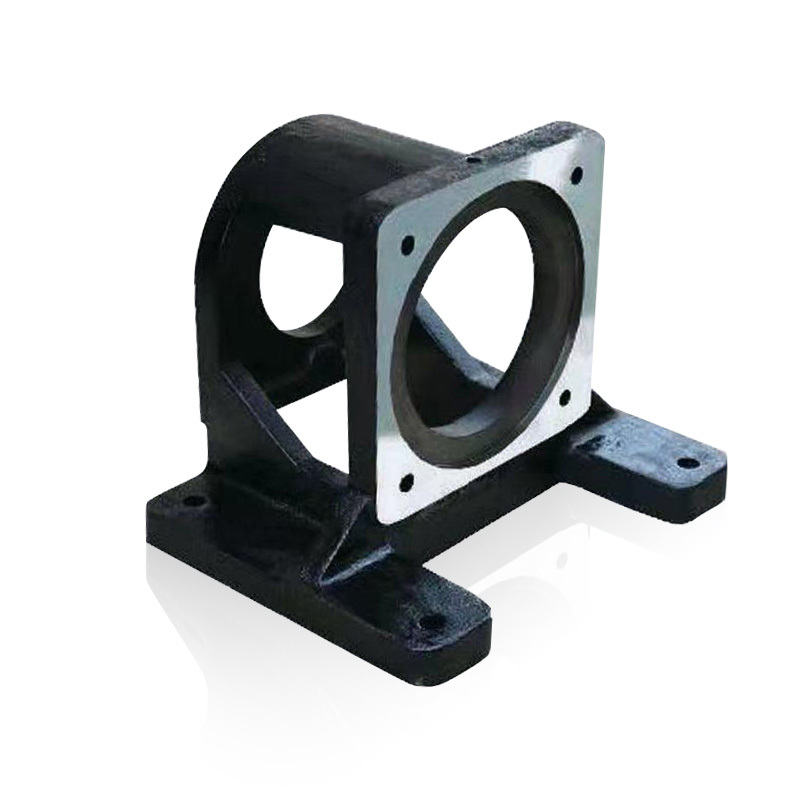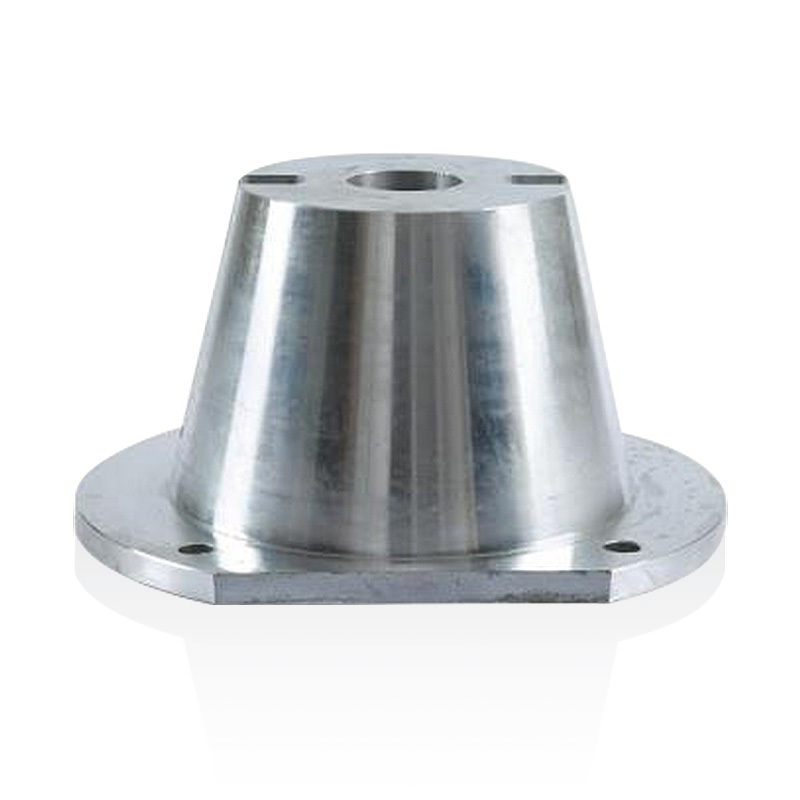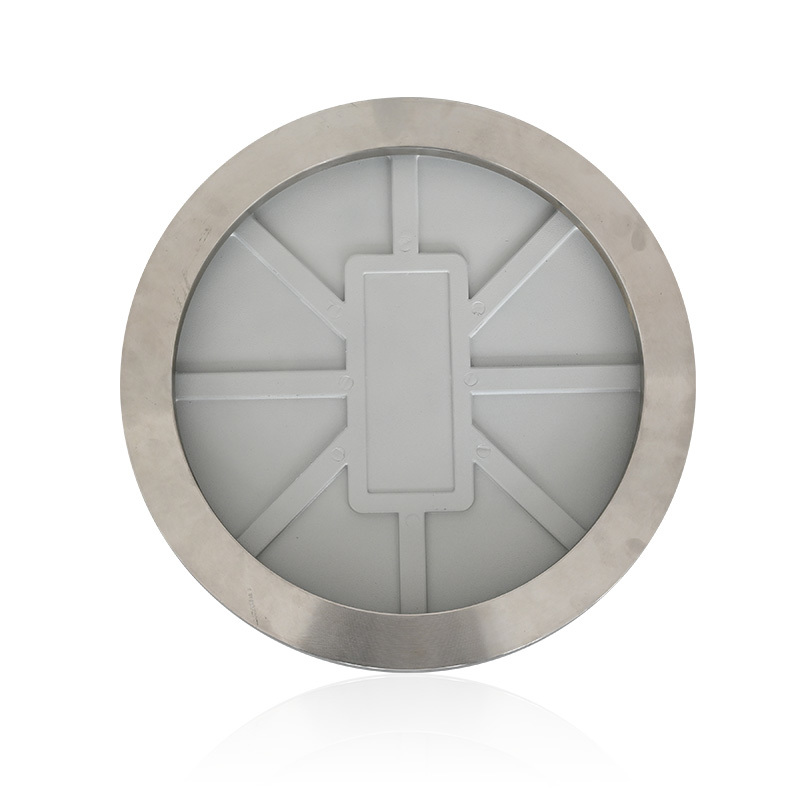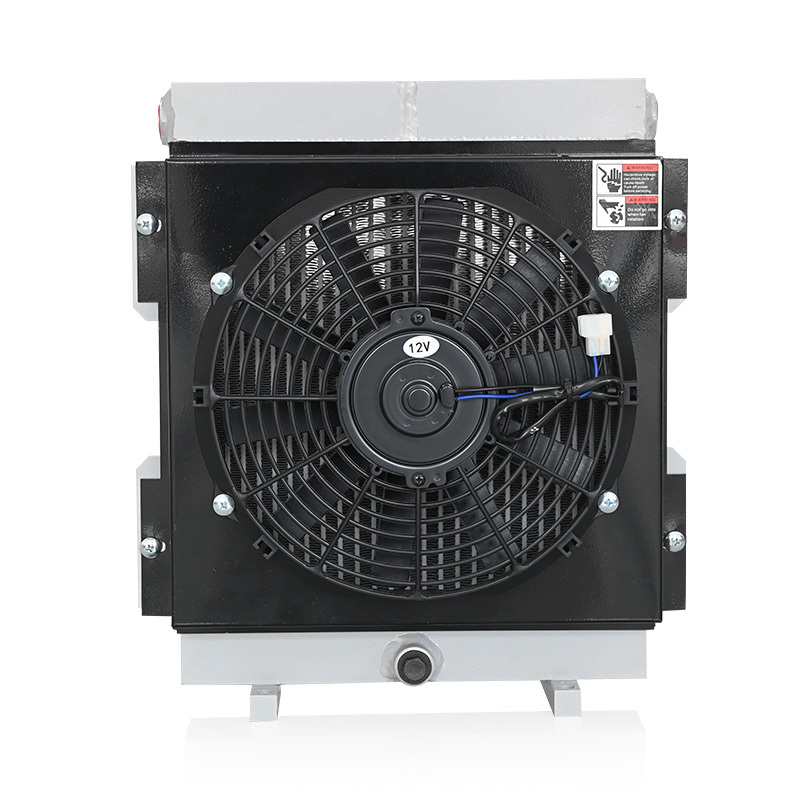Detailed explanation of the steps for selecting a coupling
Release Time:
Jul 15,2024
Regarding the selection of couplings, the overall steps are not particularly complicated.
Regarding the selection of couplings, the overall steps are not particularly complicated. We just need to figure out what selection operations we need to complete at each step and pay attention to the factors affecting the selection. The following will introduce the specific steps and some precautions for coupling selection.
1. Determine the type of coupling
The motor types and system characteristics applicable to different types of couplings are quite different. The more common types of couplings include diaphragm couplings, plum blossom couplings, parallel couplings, cross ring couplings, rigid couplings, etc. Depending on the type of coupling, it can be used with different types of motors such as servo motors, stepper motors, universal motors, encoders, etc. In terms of system characteristics, the settings of the coupling's zero backlash, high torque, high rigidity, shock absorption, insulation, high precision, high speed and other data also need to be distinguished.
2. Determine the motor torque (determine the rated torque of the coupling)
1) Servo motor selection
Rated torque × operating coefficient × reduction ratio
2) Stepper motor selection
Holding torque × operating coefficient × reduction ratio
3) General motor selection
(9500 × rated torque ÷ rated speed) × operating coefficient
After calculating the transmission torque T of the motor, it is also necessary to determine the correction coefficient K in combination with the specific operating coefficient table.
3. Determine the space size
This step mainly selects a coupling with a suitable length L and outer diameter D based on the space size of the coupling installation location.
4. Whether to add a keyway
5. Use environment
There are some special requirements for the selection of couplings in different use environments and application fields. For example, the oxidation resistance and corrosion resistance of raw materials should be considered in special environments such as salt spray and humidity; when used in the lithium battery industry, copper, nickel and zinc should be banned.
6. Coupling fixing method
1) Screw fixing type
The screw fixing type is the most common and low-cost connection method for couplings, but because the front end of the screw is in direct contact with the shaft, it may damage the shaft or make it difficult to disassemble. You need to be careful when using this fixing method.
2) Screw clamping type
The force of tightening the countersunk bolt shrinks the slit and tightly clamps the shaft center. The installation and removal process of this installation method is very simple and will not damage the shaft.
3) Keyway type
The keyway type fixing method is the same as the screw fixing type and is one of the most traditional fixing methods. It is suitable for transmission scenarios with higher torque. In order to prevent axial movement, it is usually used in conjunction with the bolt direct fixing type and the clamping type.
4) Expansion sleeve type
This type of fixing method uses the connection method of the tapered bevel edge magnification effect to achieve a stable and reliable connection. It is suitable for high-torque transmission scenarios and is most suitable for the spindle of machine tools.
Keywords:
You Can Also Learn More About Industry Trends


















